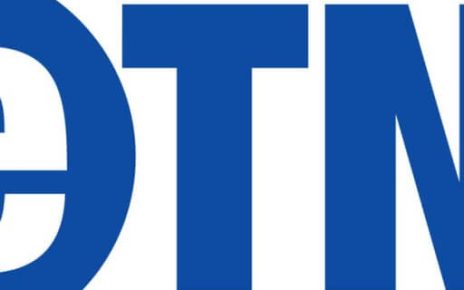Experts refer to China as the engine driving global travel growth. However, following a three-year shutdown, the nation’s capacity to recover both regionally and globally is being questioned. Many trends are already known while Chinese new traveler habits are developing. Last month, Trip dot com experienced a 250% increase in bookings after January 8, and research from Travelport showed a 247% month-over-month surge in outbound flight bookings from mainland China.
The most significant change being observed is the rising use of new and old travel-related apps, such as Douyin, WeChat, and the travel review platform Little Red Book/Xiaohongshu. A recent paper from the research arm of Lufthansa Innovation Hub, TNMT, highlighted the rise of Douyin, Bytedance’s TikTok for China, and stated that the platform’s e-commerce functionality would likely expand into more travel categories. It projects that mobile gross bookings will reach $11 billion in 2025, surpassing the current high. OTAs like Expedia and Booking are working on expanding their mobile app offerings, but it still needs to be determined if they can draw in younger generations. The impact of platforms like Douyin, Ctrip, and WeChat and the travel offers they advertise. Travel companies can successfully appeal to the expanding Chinese travel market and satisfy their changing demands by understanding and adjusting to this rising trend. China-based technology players collaborate with local businesses to guarantee a flawless experience for Chinese travelers abroad. For example, Chinese immigrants and ex-pats use Xiaohongshu outside of China to provide image and video reviews of nearby companies. Travel industry professionals headquartered in Asia have predicted the pent-up demand from China and the surrounding area that is about to be released. According to Travelport’s analysis, Chinese tourists made up most of those who traveled abroad in 2019. However, outbound bookings from mainland China are only at 21% of 2019 levels, raising the question of whether the industry is prepared for sustainable growth.




